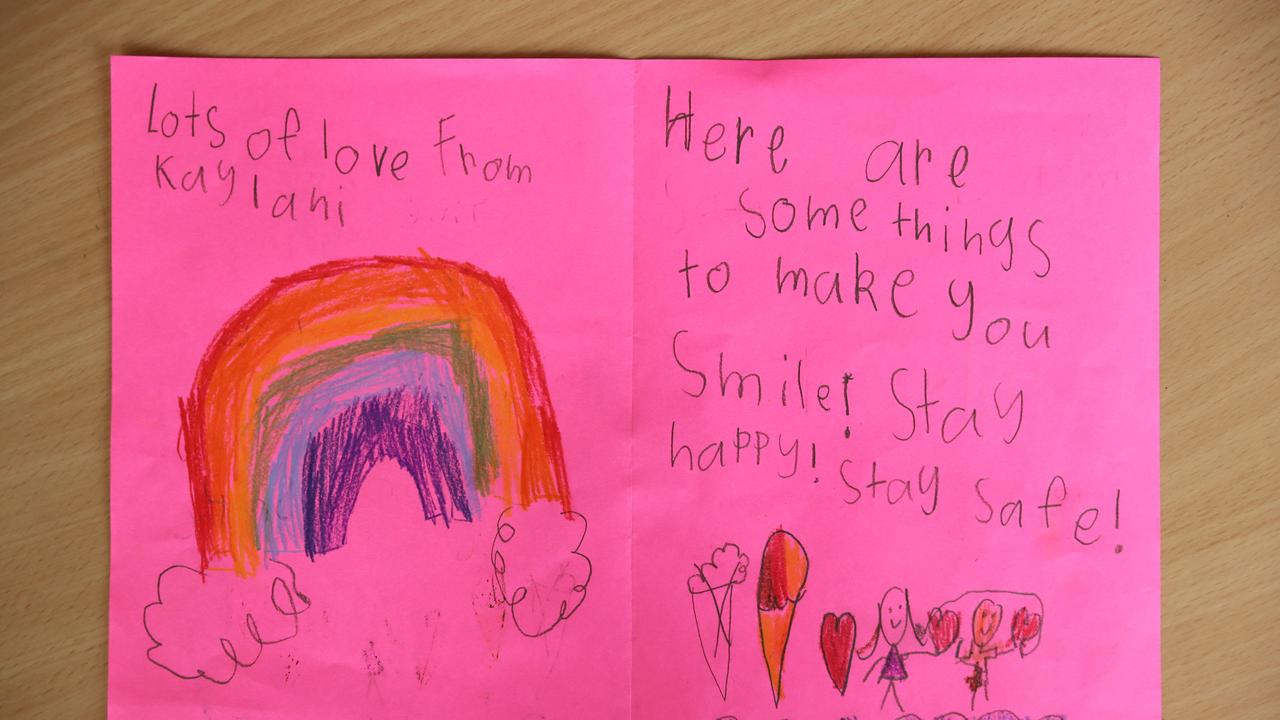Running scared: How phobias form and how to face your fears
FRIGHTENED of small birds, the mother-in-law or even stars? Never fear … your phobia maybe weird, but there is a cure.

HATE closed spaces, public speaking, birds and other small animals? Or maybe you suffer from pentheraphobia - fear of mother-in-law or the more obscure siderophobia, a fear of stars?
There are literally thousands of known phobias, many which have lifelong debilitating effects on sufferers. The good news is they can be treated, with a high chance sufferers will be cured of their fears.
But how do people develop phobias in the first place?
Dr John Malouff, Associate Professor of Psychology at the University of New England, says some people have a predisposition to anxiety and this could accelerate the development of phobias.
He says phobias can form one of three ways. The first, and most common, is through a traumatic experience.
Dr Malouff cites his father as the perfect example. As a boy his father was trapped in a cave for hours as a prank by other young boys. It lead to a lifelong fear of dark and confined spaces.
"We couldn't have the blinds closed in the house, he wouldn't go to movie theatres or sit in a darkened restaurant," Dr Malouff says.
"What happens when you get in a situation and then you escape that situation you feel great emotional relief. What happens psychologically is that reinforces the need to avoid those situations."

He says phobias can also be learned off others who may instil their fears in you or can sometimes develop through observation or "symbolic modelling".
"Sometimes reading about a plane crash or watching on TV can trigger the phobia," he says.
Dr Malouff says phobias can place severe restrictions on how people live their lives.
"It's disabling them. If a person say has a fear of flying they may not be able to see their grandma before she dies, or take a new job or see the world.
"I know a number of primary school teachers who would like to teach high school but can't because they are afraid to talk to adults or people who look like adults."
And the most common phobias he sees in people? Social phobias such as public speaking.
"The fear of humiliation and embarrassment can be very abundant for individuals."
Fear of small animals - such as birds, moths, mice and even frogs - is also very common. Then there's the more unusual phobias.
"There's a phobia for almost anything you can name. Fear of fruit, fear of touching the foot, it's endless."
The good news is that in most cases phobias can be cured and relatively quickly.
Dr Malouff says gradually exposing patients to the things they fear over a period of time in a controlled environment works about 85 per cent of the time.
"The number one thing is for people to do something about it because you can go over your fears."
Ten bizarre phobias
Arithmophobia- Fear of numbers
Bathmophobia- Fear of stairs or steep slopes
Chaetophobia- Fear of hair
Geliophobia- Fear of laughter
Kathisophobia- Fear of sitting down
Pentheraphobia- Fear of mother-in-law
Pogonophobia- Fear of beards
Pteronophobia- Fear of being tickled by feathers
Sesquipedalophobia- Fear of long words
Sinistrophobia- Fear of things to the left or left-handed.
Source: The Phobia List
What is the weirdest phobia you have heard of? Tell us.
###



